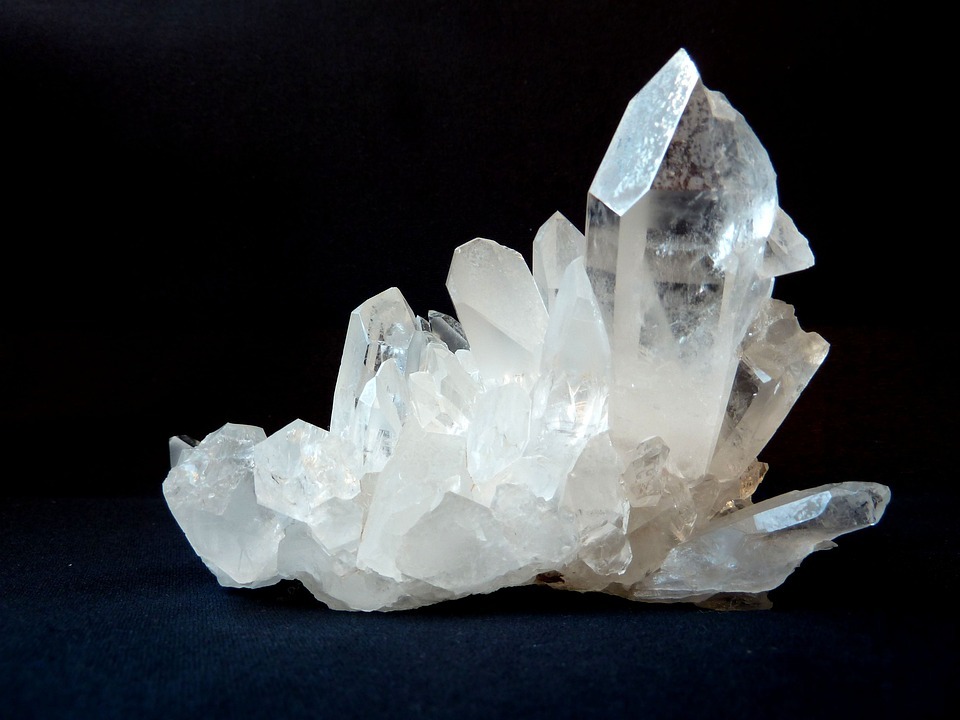Title: Baking Soda: The Secret Weapon against Toenail Fungus?
Baking soda, synonymous with an armor of the pantry, might probably be found in virtually all kitchens worldwide. Its culinary and cleaning practicalities are well-established, but have you ever thought that baking soda could also be your secret weapon against toenail fungus? Yes, you heard it right. This seemingly modest kitchen ingredient has additional surprising benefits. Besides baking your delight cookies and cleaning your kitchen space, it can also help you to battle against toenail fungus.
Toenail fungus, or onychomycosis, is a common fungal infection that impacts the toenails, causing disfigurement and discoloration. It’s not just a cosmetic concern; nail fungus poses a real threat as it can spread and lead to serious health risks if not treated promptly. Currently, the quest for natural alternatives for treating toenail fungus has led researchers and health practitioners to explore the potential benefits of baking soda.
So, How Does It Work?
Scientifically known as Sodium Bicarbonate, baking soda is alkaline in nature, which means it can effectively neutralize the acidic environment that fungi, including the toenail fungus, thrive in. By doing so, baking soda makes conditions unfavorable for the fungus, helping to halt its growth and spread.
Below are some key points regarding the use of baking soda in treating toenail fungus:
– Baking soda can absorb moisture, which is beneficial because fungi usually favor moist environments.
– Baking soda’s exfoliating properties can help remove dead skin cells and fungus from the skin.
– Regular application of a baking soda paste can help to kill the toenail fungus over time.
So, with this newfound knowledge on baking soda’s potency against toenail fungus, here are five pertinent tips to capitalize on its power effectively!
1. Baking Soda Soak: Fill a basin with warm water and add half a cup of baking soda. Soak your feet for about 15-20 minutes daily to slowly eradicate the fungus.
2. Baking Soda and Vinegar Soak: The acidity of vinegar combined with the alkalinity of baking soda can create an unfavorable environment for fungi. Soak your feet for around 20 minutes and then dry them thoroughly.
3. Baking Soda Paste: Make a paste by combining baking soda with a small amount of water. Apply this paste to the infected toenail, let it sit for about 10-15 minutes, and then rinse it off thoroughly.
4. Direct Dusting: You can also dust the baking soda directly onto your feet and inside your shoes to absorb moisture and keep your feet dry.
5. Consistency: Regardless of the method chosen, consistency is the key to success. Apply the baking soda treatment daily to ensure the fungal infection is completely eradicated.
Remember the following points:
– Always dry your feet thoroughly after treatment. Fungi thrive in moist environments.
– Regularly disinfect your footwear and avoid wearing shoes that are too tight.
– See a doctor if the fungal infection persists or becomes painful.
Is It Effective?
Several anecdotal accounts testify that baking soda can indeed be a formidable weapon against toenail fungus. However, it is important to note that scientific research confirming baking soda’s effectiveness in treating toenail fungus is limited. The application of baking soda may not work for all types of fungal toenail infections, and the results may vary from person to person.
Therefore, always consult a doctor or a dermatologist before starting any home remedies, especially if you have existing health conditions or if the infection is severe. While the convenience and low cost of this humble kitchen ingredient make it an attractive alternative, it should not be a substitute for professional medical advice.
In conclusion, the battle against toenail fungus may have found a robust ally in baking soda. By creating an environment unfavorable for the growth and spread of toenail fungus, baking soda could help in mitigating the condition. Armed with these tips, you can now take proactive steps towards treating and preventing this common, yet irritating, foot condition.






